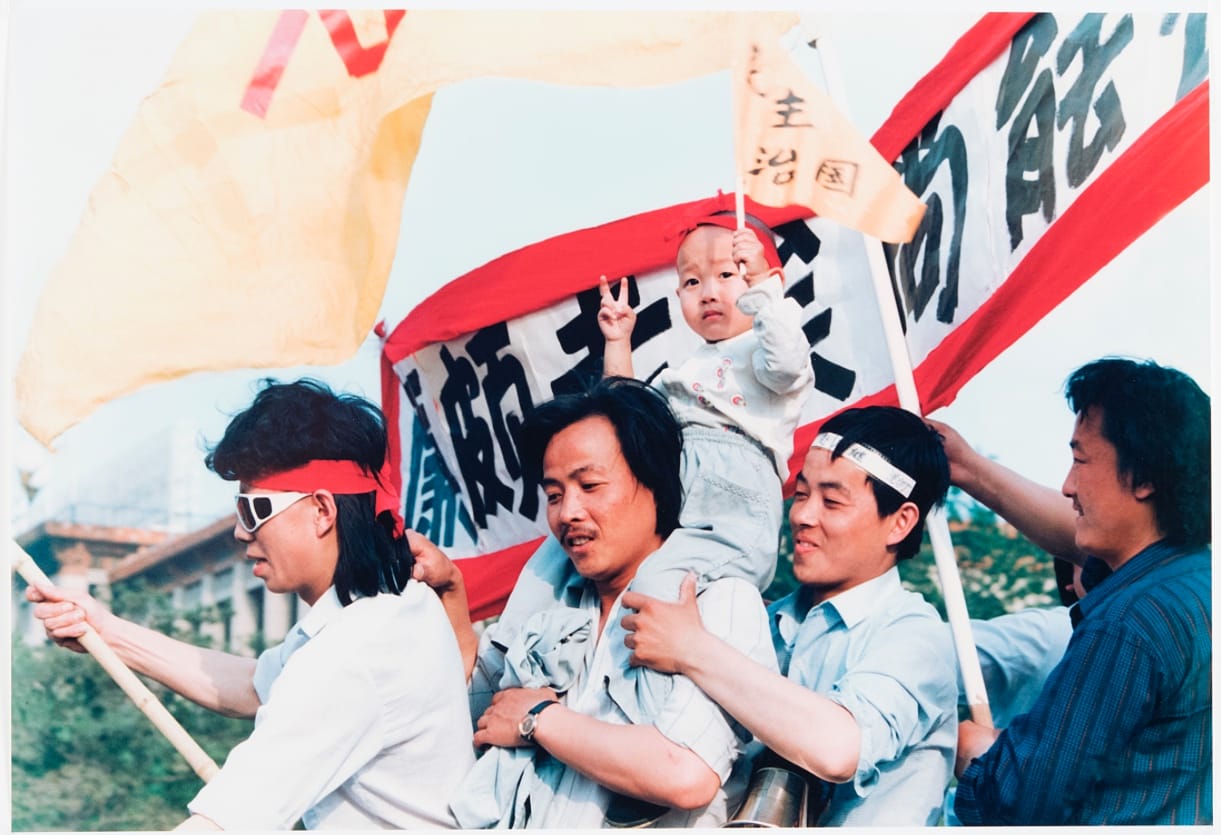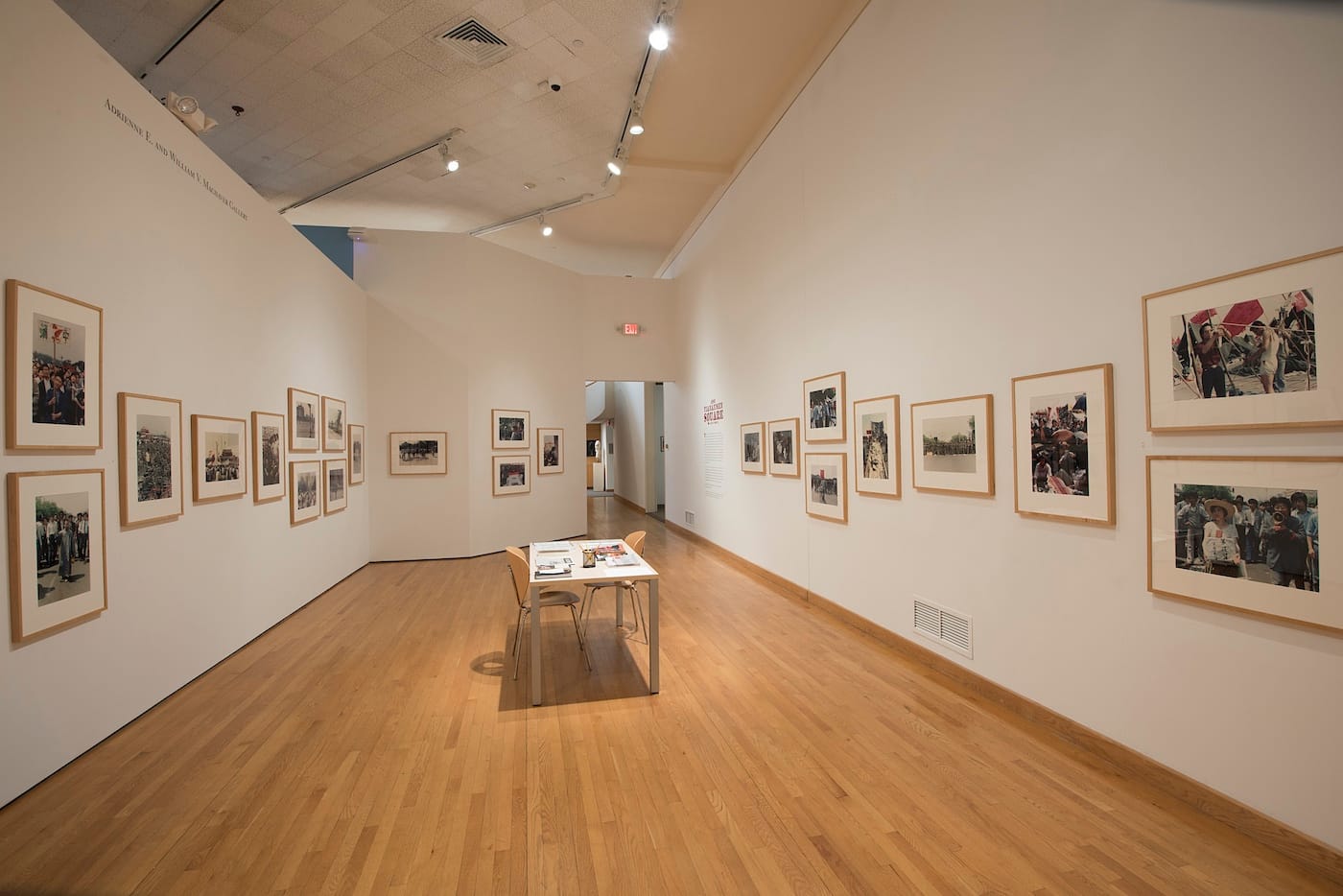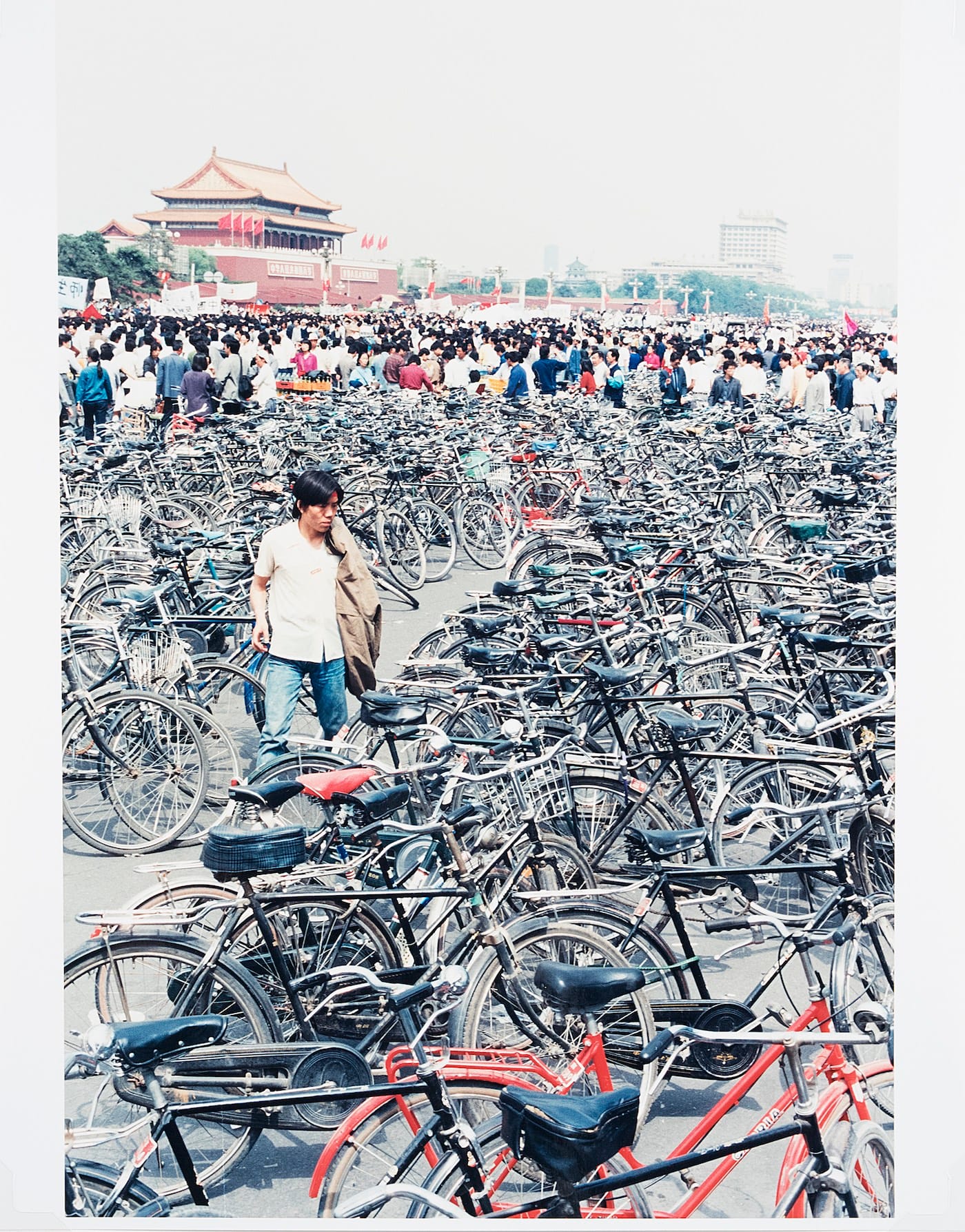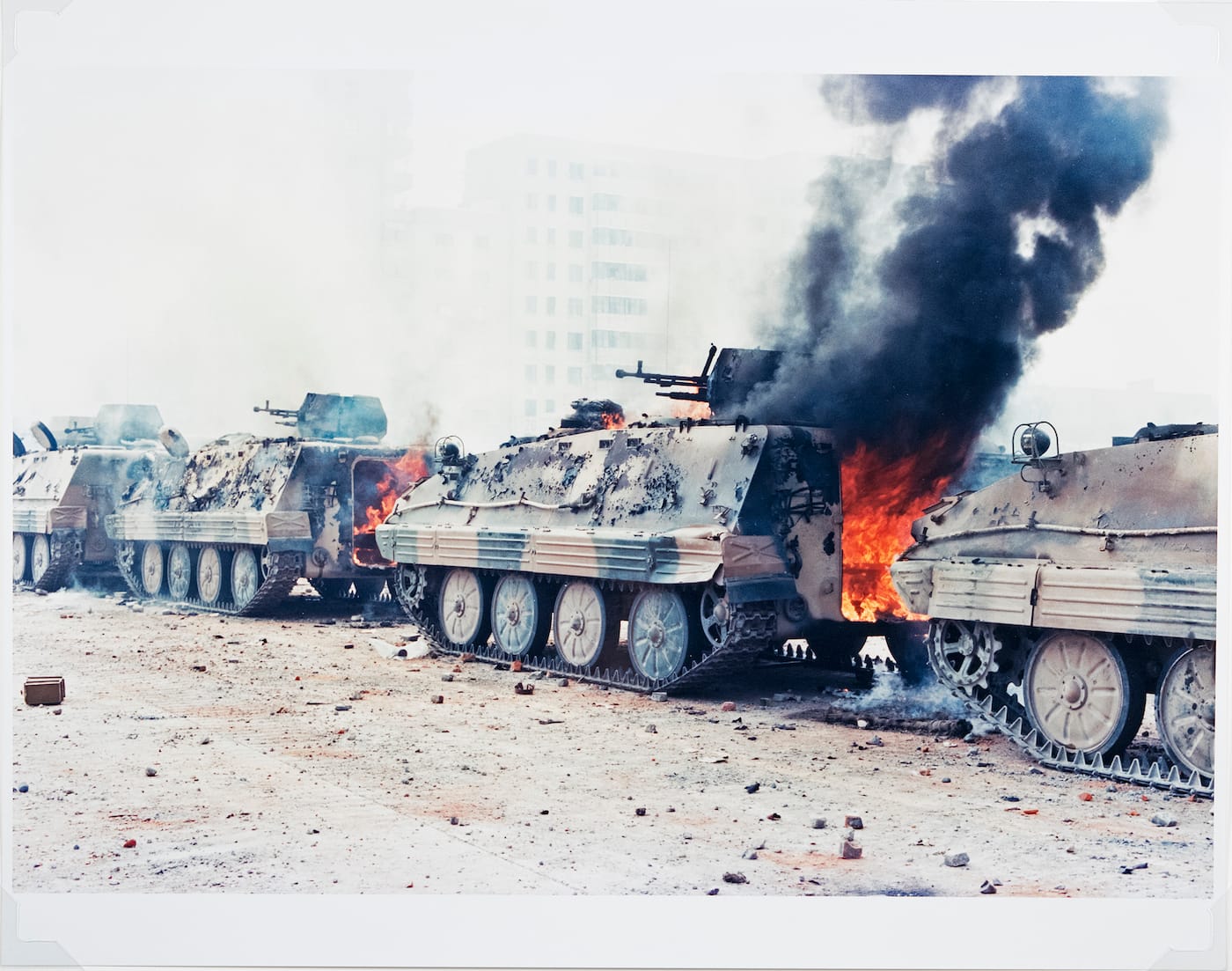Photographing the Bloody Cost of Resistance
Between 1968 and 1981, when he turned 13, Khiang H. Hei was at or near the epicenter of several catastrophic historical events reverberating across Southeast Asia.

NEW BRUNSWICK, New Jersey — In his poem, “My Heart Leaps Up,” William Wordsworth famously wrote: “The Child is father of the Man […]” Wordsworth’s adage feels particularly applicable to Khiang H. Hei, who was born into a Chinese family in 1968 on Mao Tse Tung Boulevard in Phnom Penh, Cambodia, where his grandmother had to flee from the Chaozhou region of the Guangdong Province in China. Because Hei’s family continued to speak the Chaozhou dialect, some Cambodians would always regard them as foreigners.
Between 1968 and 1981, when he turned 13, Hei was at or near the epicenter of several catastrophic historical events reverberating across Southeast Asia. In 1968, as the Viet Cong and North Vietnamese army were launching the Tet offensive in neighboring Vietnam, the Khmer Rouge began their attempt to overthrow the Cambodian government.
In 1975, the Khmer Rouge succeeded, putting Pol Pot in power. Inspired by Mao’s “Great Leap Forward,” Pol Pot declared that 1976 was “the Year Zero,” and forced all Cambodians to leave the cities and relocate to the countryside, in order to purify the populace of foreign influences, especially those coming from the West. Pol Pot’s purification program wholeheartedly embraced ethnic cleansing.

Between 1975 and ’78, more than two million (or approximately one quarter of Cambodia’s entire population) died by execution, forced labor, or malnutrition. Of the nearly half-million Chinese living in Cambodia in 1975, more than half perished. Hei’s older brother and sister were among those who died, leaving him the only surviving son. Only six of his extended family of 13 survived these years. The majority of the dead were buried in mass graves – the Killing Fields.
On Christmas Day in 1978, Vietnam invaded Cambodia in order to end Pol Pot’s rule. Before Cambodia fell to the Vietnamese, Hei’s family escaped to Vietnam to save him from being drafted into the Khmer Rouge army, which was made up of teenagers and children. In Vietnam, they encountered the local population’s racial hatred of the Chinese and had to flee once more. In April 1981, after living in a series of refugee camps, Hei’s family immigrated to America, settling in New York.
In 1989, when Hei was a junior at the State University of New York, Oswego, he took part in a student exchange program with Beijing Teacher’s College in China, where he took courses in history and art, as well as classes in speaking, reading, and writing in Mandarin – China’s official language. But Hei was also curious about the links between China’s brutal Cultural Revolution and the Khmer Rouge’s fanatic discipline.

I did not know anything about Hei’s background when I went to see the exhibition, Tiananmen Square, 1989: Photographs by Khiang H. Hei, at the Zimmerli Art Museum (January 8 – July 28, 2019), organized by Donna Gustafson, Curator of American Art and Mellon Director for Academic Programs, and Hannah Shaw, Graduate Curatorial Assistant. I have provided this barebones outline of his life, which I learned through a subsequent email correspondence, because I think it provides a backdrop against which to view the different bodies of Hei’s documentary photographs, starting with the ones he took in Tiananmen Square over a six-week period during his stay in Beijing in 1989.
There are 30 color photographs, measuring 16 by 20 inches, chronologically arranged in the intimate space of the museum’s gallery. In some cases, they are stacked one atop another. In the center of the room, a table holds a binder of the extensive captions to the photographs, all written by Hei, along with various books about the massacre at Tiananmen Square — the events leading up to it and the effect it has had on the survivors and relatives of those who died. I sat at the table, read the captions, and paged through the books only after I had circled the gallery, looking at each photograph.
There are many famous photographs of Tiananmen Square, including the one taken by the photographer Jeff Widener of an unidentified Chinese man carrying a shopping bag and standing in front of a column of tanks, halting them. Widener’s photo, which was taken from the sixth floor balcony of the Beijing Hotel, is misleading. Taken the day after the army had murderously cleared the square of protesters, with unrecorded numbers dying, Widener’s photograph offers a sign of resistance and victory. As touching as this photograph is, it is useful to recognize that it is a placebo.
Hei, who began following the protest from the beginning, which started on April 15, offers a more intimate, deeply distressing, and, to my mind, crucial view — the government’s attempt to eradicate all manifestations of resistance and hope. If, as many commentators have observed, Tiananmen Square marked the end of the 20th Century, I see it as also signaling the beginning of the 21st, and the widespread ascension of vile, egotistical leaders and their legions of all-too-willing minions, determined to suppress all forms of dissension and difference.

We don’t know what happened to many of the individuals we see in Hei’s photographs. Some managed to escape China. Others died. On the morning of June 4, 1989, all visible signs of their hopes and dreams were effectively stomped and crushed. Thirty years later, much of the world has declared open season on difference, rooting it out and pulverizing it through beheadings, imprisonment, or bringing cases to the Supreme Court (whose name alone sounds increasingly ominous).
Hei began photographing the protests on April 15 and kept returning until June 7, by which time the dormitory he was living in was empty except for him and a Japanese student. Soon after, he left China for his own safety, taking with him around 40 rolls of film that he shot of Tiananmen Square, both in color and black-and-white.
The first photographs in the exhibition were taken on April 15, when — as Hei’s caption states — “tens of thousands of students mourned the death of Hu Yaobang, whom many considered a hero […] after suffering a heart attack.” For the students, Hu — a top official who had been forced out of the government — was a liberal voice who advocated reform and a move towards democratic processes.
This is the caption for the eighth photograph in the sequence:
Students made art installations that expressed their emotions and criticized the leadership of the Chinese Communist Party. The students displayed an effigy of death to convey their opposition to the government’s brutal repression of dissent. The death penalty was pervasive throughout China at the time, and continues to be used today.
At one point, more than one million people had “poured into Tiananmen Square on buses, trucks, motorbikes, bicycles, and cars. They paraded on the road around the Square — and all over Beijing.” This collective voice in favor of change frightened the government to such a degree that it declared martial law and sealed off the square. Its fear of criticism and its response to it should give you shudders.
This is the caption of one of the six photographs that Hei took on June 4:
No one knows how many people were killed by the first wave of soldiers advancing towards Tianamen Square. Ironically, no one was killed within the Square itself. At night, students fled the city. Some angry protestors took rags dipped in the blood of the dead and used them to write on the police traffic posts. On the streets outside of Tianamen Square, blood could be seen where bodies had been dragged away.
There is so much to think about in Hei’s photographs, and so many revelations. His knowledge of China’s modern history, his awareness of the diverse groups and classes mixing together in the square, and his sensitivity to the country’s ethnic groups all played into what he focused his lens on, such as a visiting Tibetan couple or a monk joining the marching students.

Active in the Cambodian art scene, and intent on opening it up to a wider audience, Hei is a major figure who should be embraced by the art world. The Tiananmen Square photographs mark the beginning of his commitment to social-documentary photography; among his subsequent projects are images of village life along the Ho Chi Minh Trail depicting the uses people put to bomb casings (flower pots, troughs, benches, and cow bells) and other remnants of the war. The photographs in this exhibition, along the rest of the 40 rolls he took in and around Tiananmen Square, deserve to be published as a book. It is a disservice to him and a detriment to us that it has not been.
It seems to me that it is a special duty for any Western institution claiming an interest in social documentary photography to give Hei’s work attention and respect. Otherwise, it risks continuing to mischaracterize and misunderstand a region the West has colonized, plundered, bombed, and exoticized for many generations. Widener’s uplifting photograph, Francis Ford Coppola’s Apocalypse Now, and Marguerite Duras’s slim novel The Lover hardly tell the whole story of Southeast Asia.
From Tiananmen Square to the Ho Chi Minh Trail, Hei has carefully observed what mankind does to itself and how it recovers from what it has done. He belongs to a tradition that includes Robert Capa, W. Eugene Smith, Susan Meiselas, and Paolo Pellegrin, and deserves equal recognition.
Tiananmen Square, 1989: Photographs by Khiang H. Hei continues at the Zimmerli Art Museum (71 Hamilton Street, New Brunswick, New Jersey) through July 28. The exhibition is organized by Donna Gustafson, Curator of American Art and Mellon Director for Academic Programs, and Hannah Shaw, Graduate Curatorial Assistant.




